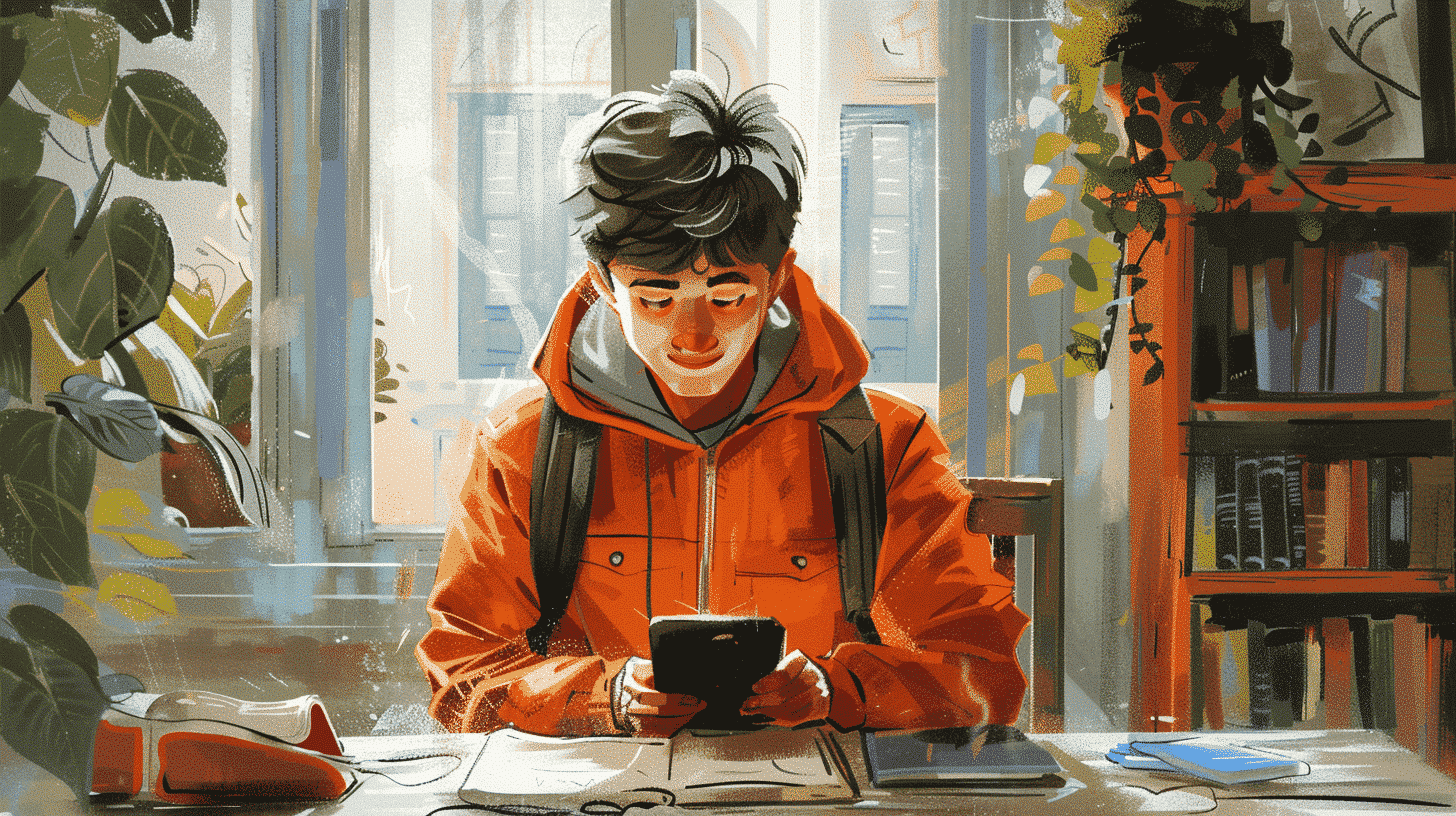Let’s dive into some essential color and appearance vocabulary in Bulgarian.
Червен (cherven) – Red
This word is used to describe the color red, one of the primary colors.
Цветът на розата е червен.
Син (sin) – Blue
This is the Bulgarian word for the color blue.
Небето днес е много синьо.
Зелен (zelen) – Green
Green is the color of grass and leaves and is signified by this word in Bulgarian.
Листата на дървото са зелени.
Жълт (zhult) – Yellow
Used to describe the bright color of the sun or lemons in Bulgarian.
Слънцето свети с ясно жълт цвят.
Черен (cheren) – Black
Black, a color that is the absence of light, is referred by this word.
Моята кола е черна.
Бял (byal) – White
This is the Bulgarian word for the color white, often associated with purity.
Снегът е бял и чист.
Кафяв (kafyav) – Brown
Brown, a warm and earthy color, is designated by this term.
Масата е направена от кафяво дърво.
Лилав (lilav) – Purple
A color that’s a mixture of blue and red, known as purple, is called ‘lilav’ in Bulgarian.
Тези цветя са лилави.
Розов (rozov) – Pink
Pink, a lighter shade of red, is known in Bulgarian as ‘rozov’.
Роклята й е в розов цвят.
Moving from color to other attributes of appearance:
Висок (visok) – Tall
This adjective is used to describe someone or something that is of greater than average height.
Моят приятел е много висок.
Нисък (nisak) – Short
‘Nisak’ in Bulgarian means short and can refer to height or length.
Тази маса е прекалено ниска за мен.
Удебелен (udebelen) – Thick
This term describes an object that has a greater than average size in dimension, not weight.
Книгата е с удебелени корици.
Тънък (tunak) – Thin
Opposite of ‘udebelen,’ this word is used for items that are slim in dimension.
Лист хартия е много тънък.
Светъл (svetul) – Light (in color)
‘Svetul’ is used to describe a color that is closer to white, i.e., a lighter shade.
Стените в стаята са боядисани в светъл цвят.
Тъмен (tumen) – Dark (in color)
This word is used for colors closer to black, indicating darker shades.
Аз предпочитам тъмни цветове за дрехи.
Learning these Bulgarian words for color and appearance will help enrich your vocabulary and allow for more detailed descriptions in your conversations. Practice them as you encounter different objects in your daily life to reinforce your learning. And remember, language learning is all about practice and immersion, so don’t be afraid to use these new words as often as possible!









